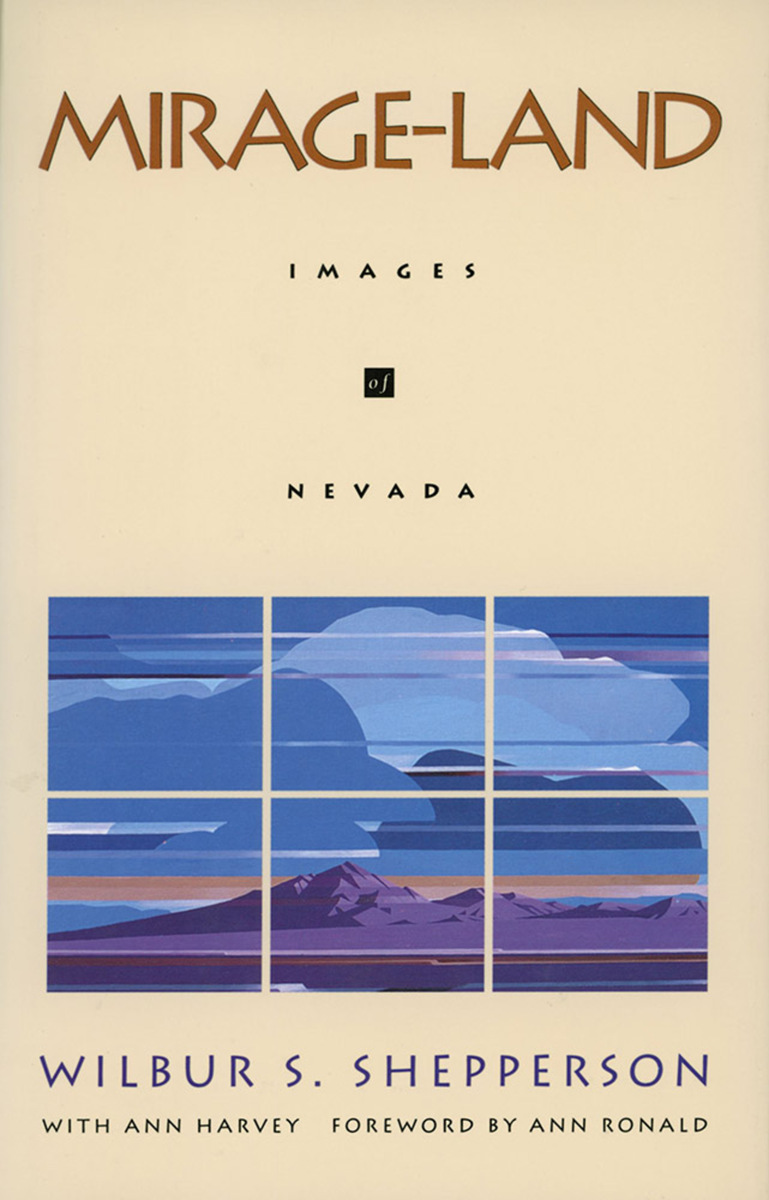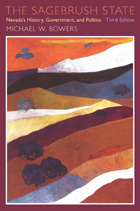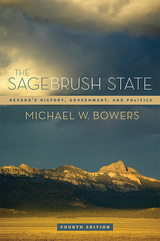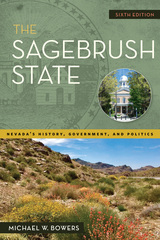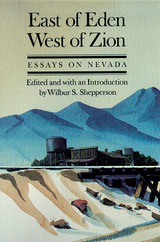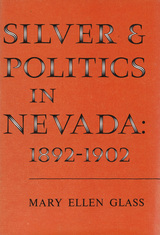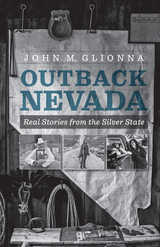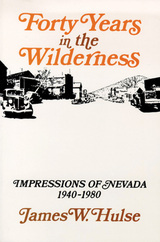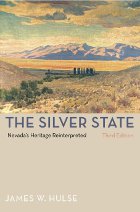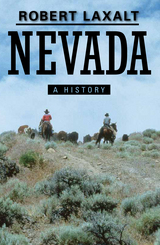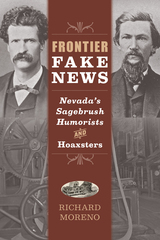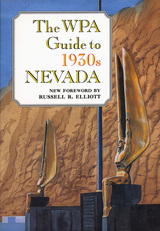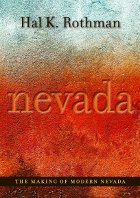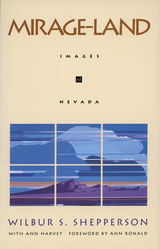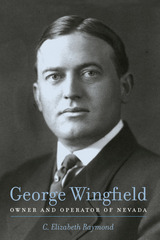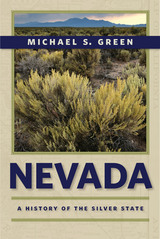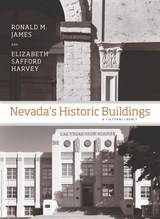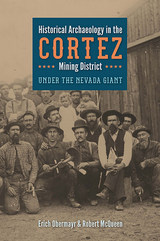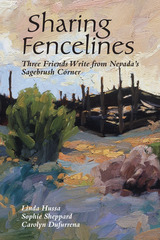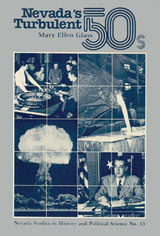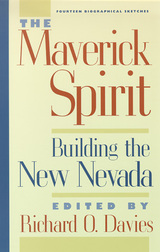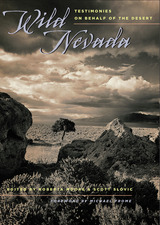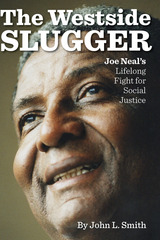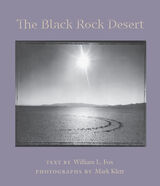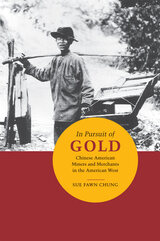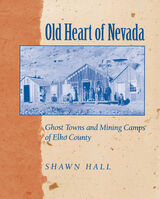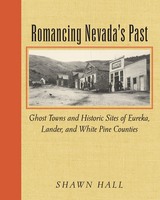Mirage-Land: Images of Nevada
University of Nevada Press, 1996
eISBN: 978-0-87417-401-4 | Cloth: 978-0-87417-191-4
Library of Congress Classification F841.S54 1992
Dewey Decimal Classification 979.3
eISBN: 978-0-87417-401-4 | Cloth: 978-0-87417-191-4
Library of Congress Classification F841.S54 1992
Dewey Decimal Classification 979.3
ABOUT THIS BOOK | AUTHOR BIOGRAPHY | TOC
ABOUT THIS BOOK
In a century-old edition of a British newspaper, a quaint narrative entitled "A Visit to the Comstock" was prefaced by the following poem: Paint me, Washoe, as you see it, / Tinting with a truthful touch; / Line it with a faithful pencil, / Do not colour overmuch. Many writers through the decades have "coloured overmuch" in their descriptions of Nevada by using picturesque words and extreme language when discussing the paradoxical state. Idah Meacham Strobridge, often called "Nevada's first woman of letters", pointed out that images of Nevada frequently suggest a "mirage-land", a place where nothing is quite what it seems. Wilbur S. Shepperson's examination of such mirages--imaginary, literary, historical, real--is the subject of Mirage-Land: Images of Nevada. In the pages of this book, readers will discover ways in which a variety of men and women image-makers envisioned the Silver State, as well as ways they communicated their visions to others. Shepperson explains the process of mirage building by introducing readers to details from myriad sources--journals, diaries, historic newspapers, government reports, essays, magazines, novels, and even chamber of commerce promotional brochures. The well-known accents of John C. Fremont, Mark Twain, and Dan De Quille mingle with such little-known voices as Louise M. Palmer, Henry T. Williams, and George Wharton James among others. While the exemplary voices may express paradox, self-contradiction, antithesis, even confusion, Shepperson arranges his examples in a way that shows readers an aggregate vision. For him, Nevada history and Nevada humanity together embrace the length of Highway 395, the width of Interstates 80 and 15, and the breadthof a good many gravel roads in between. Essentially Shepperson sees few meaningful differences between the Comstock of the 1860s, other mining camps, sheep and cattle operations, Reno of the 1930s, and the present-day Las Vegas.
See other books on: Description and travel | Images | Nevada | Shepperson, Wilbur S. | West (AK, CA, CO, HI, ID, MT, NV, UT, WY)
See other titles from University of Nevada Press
